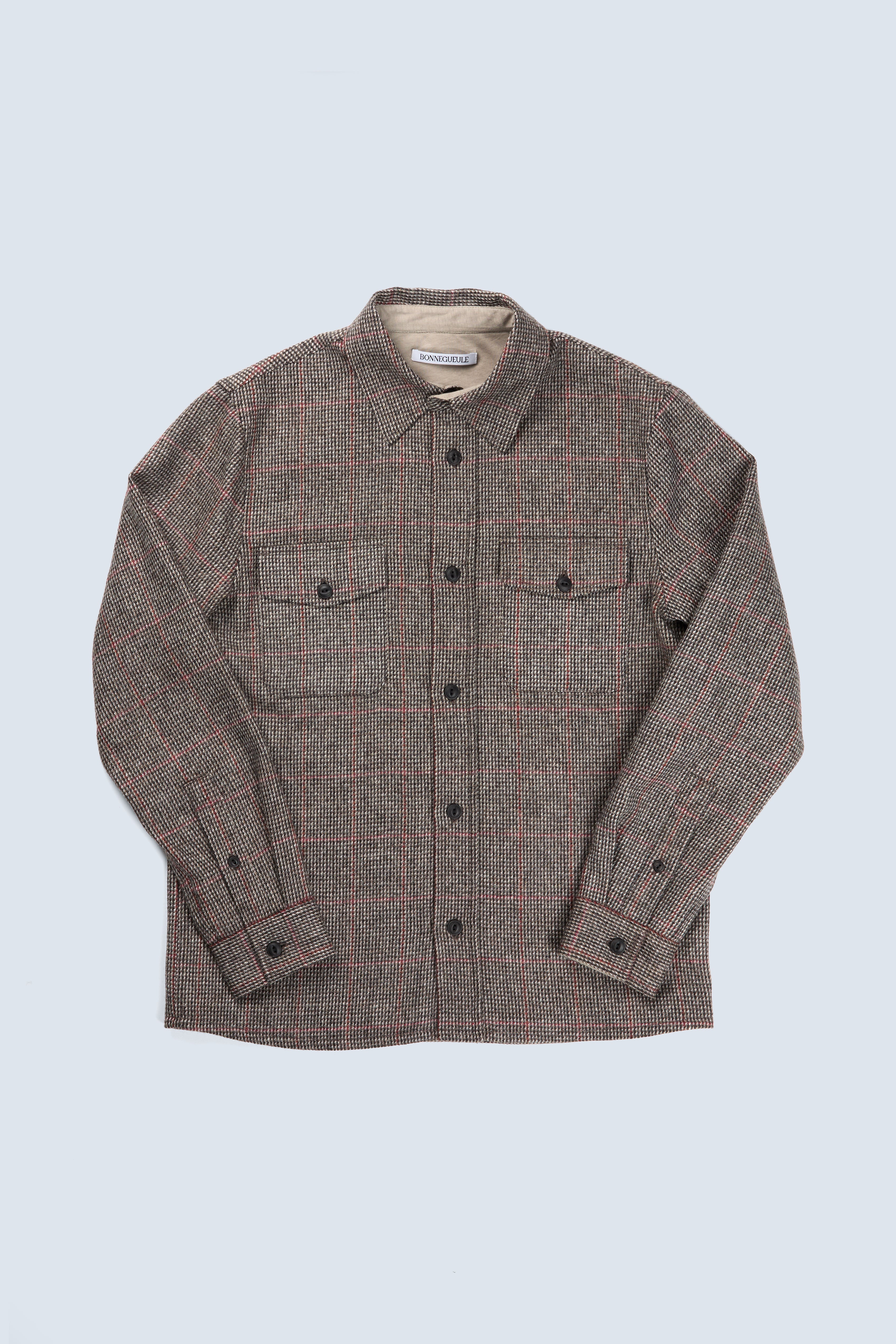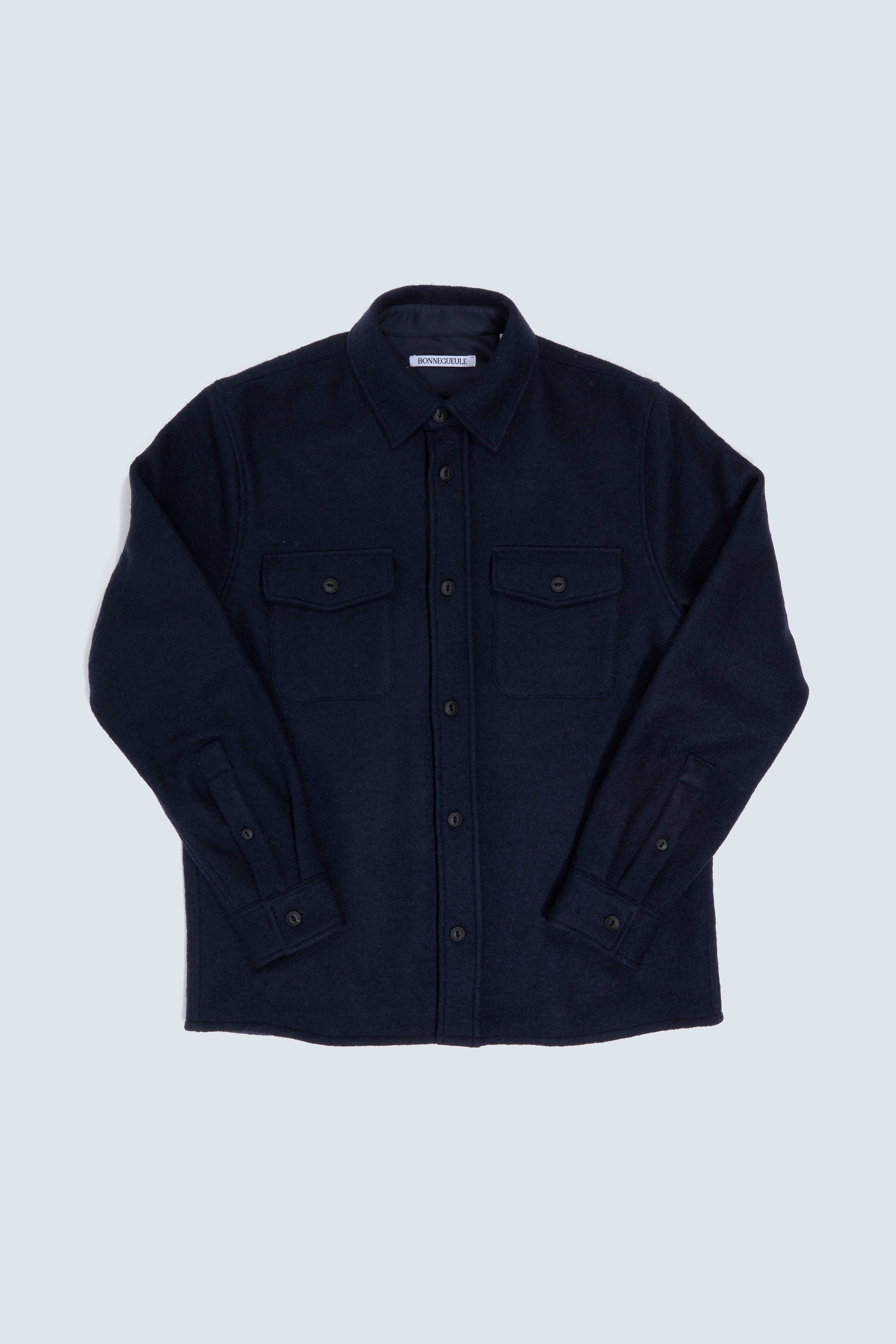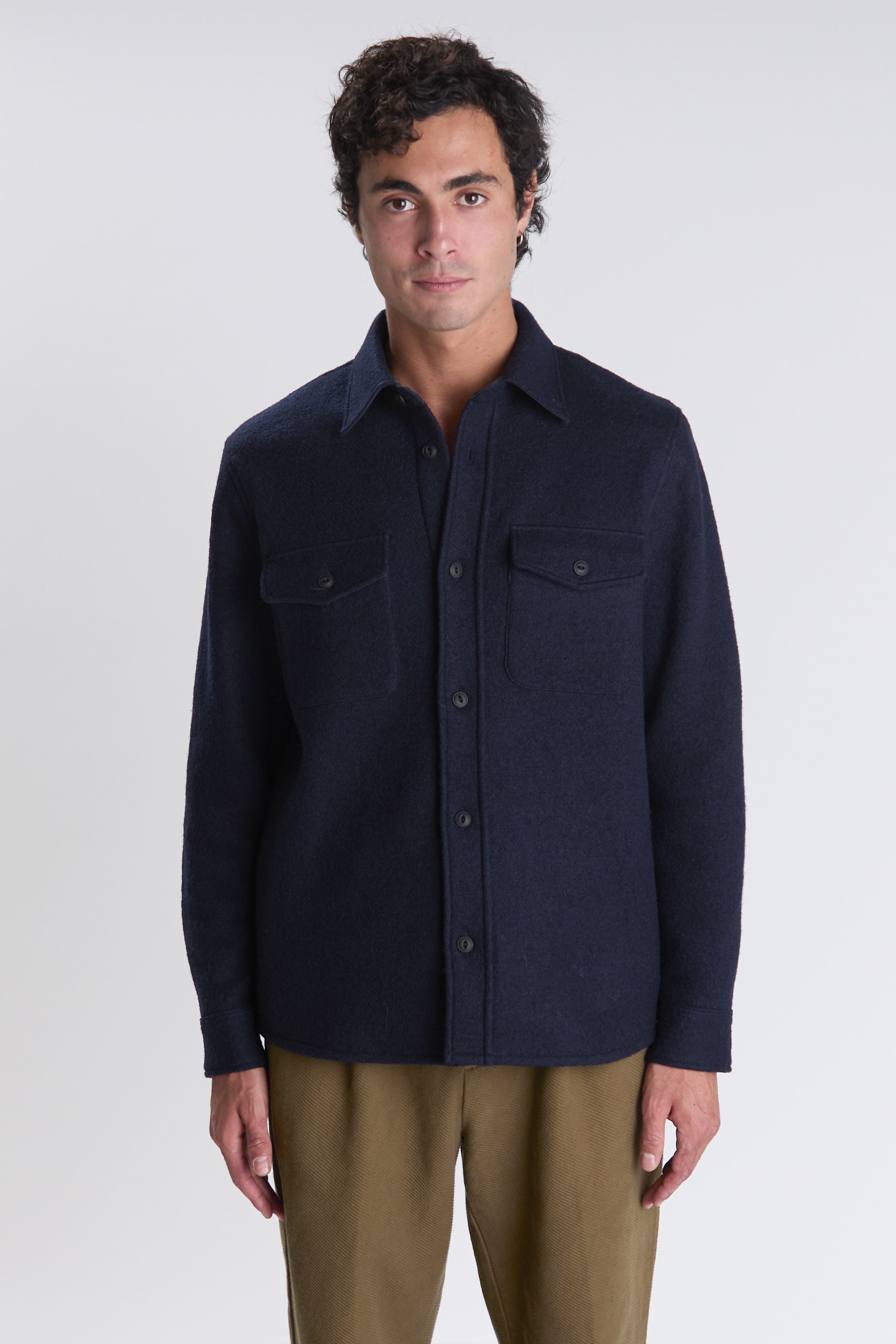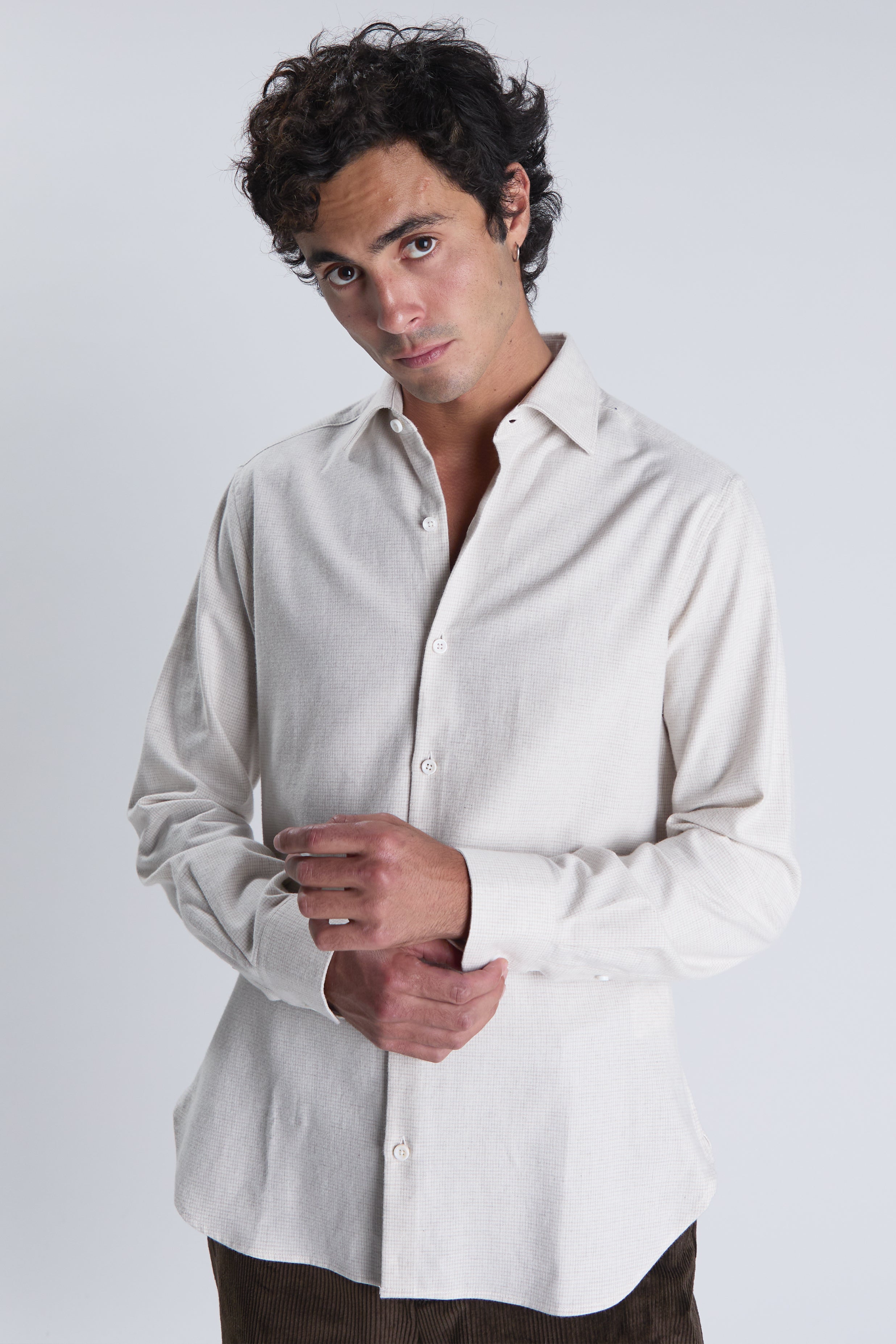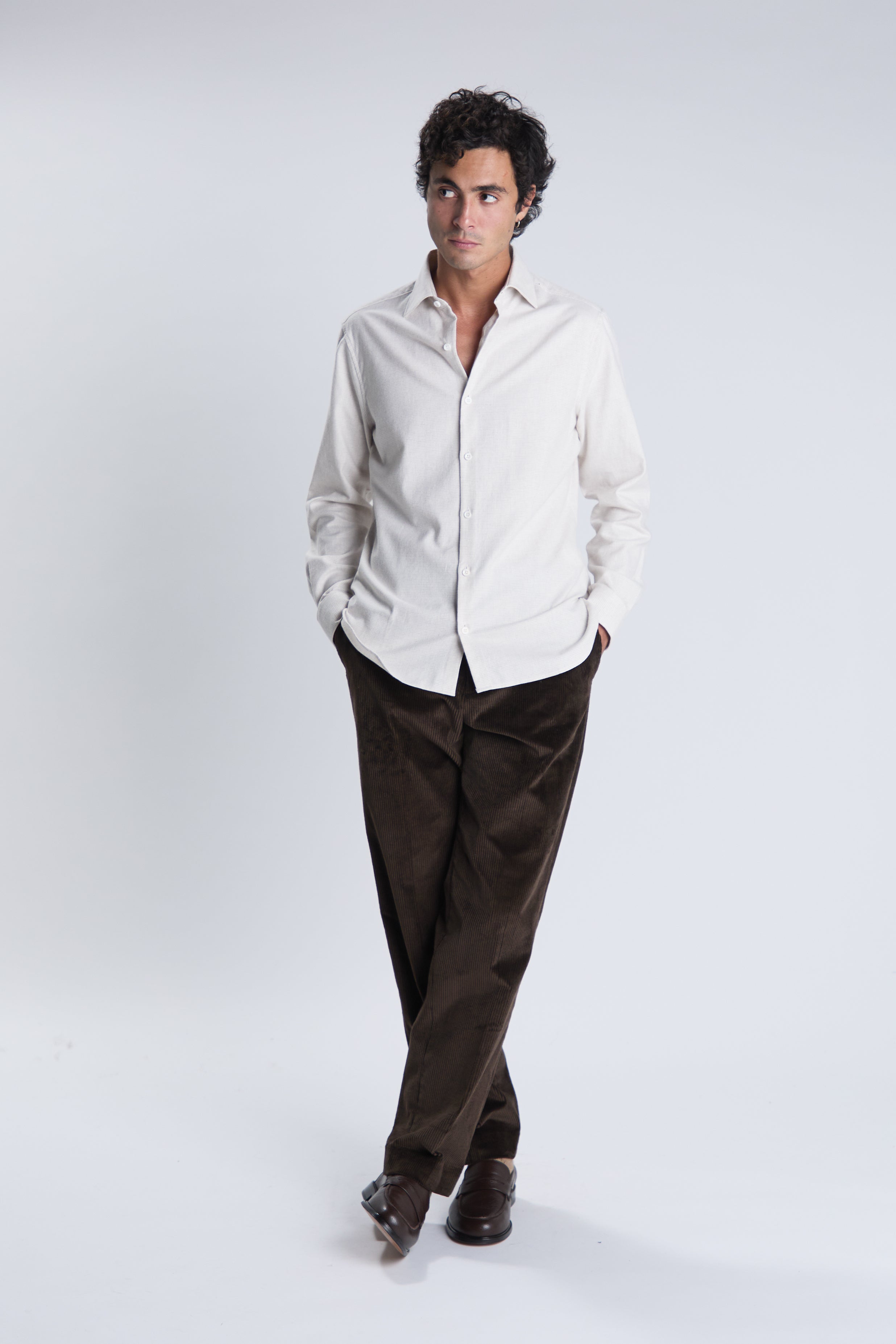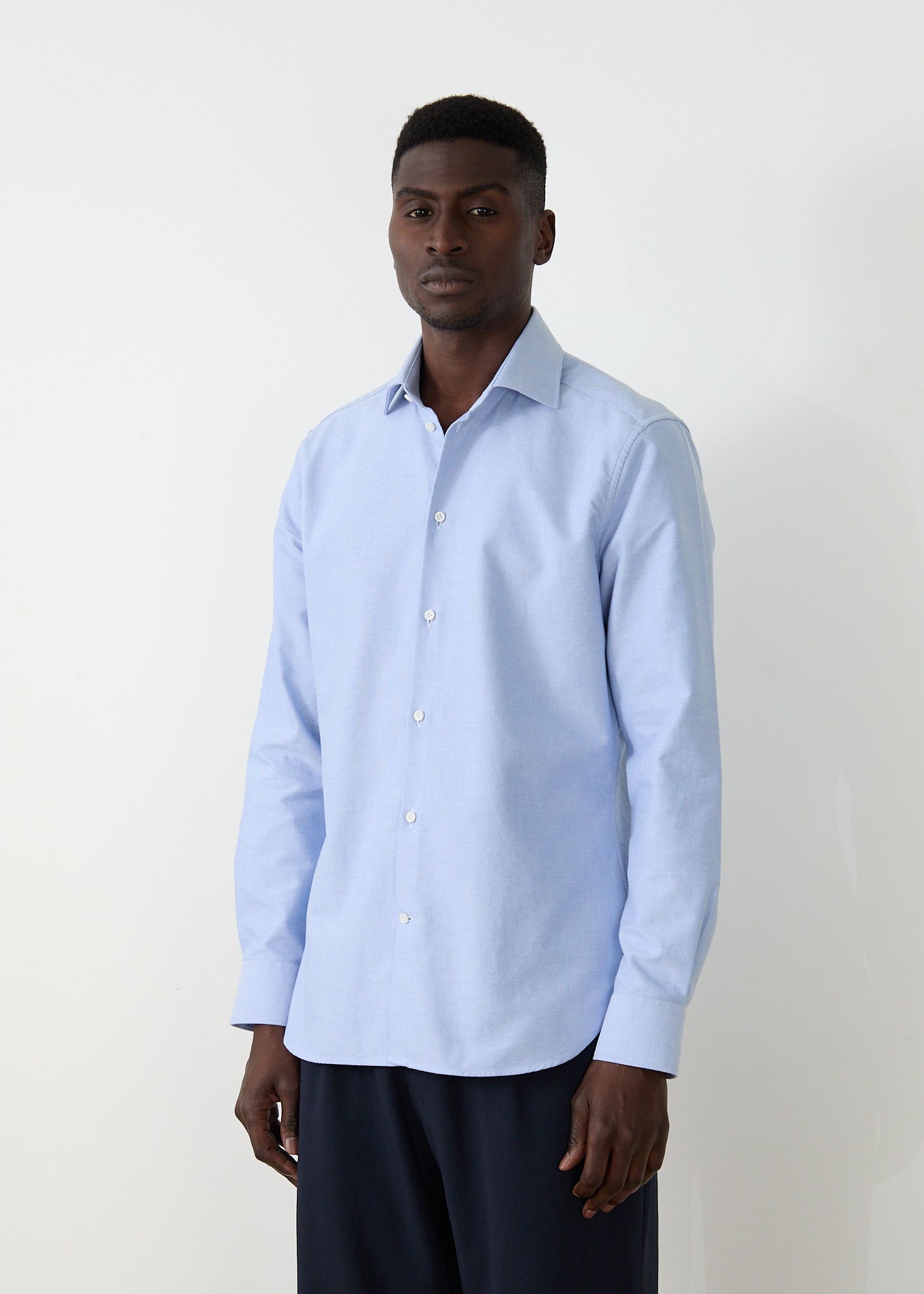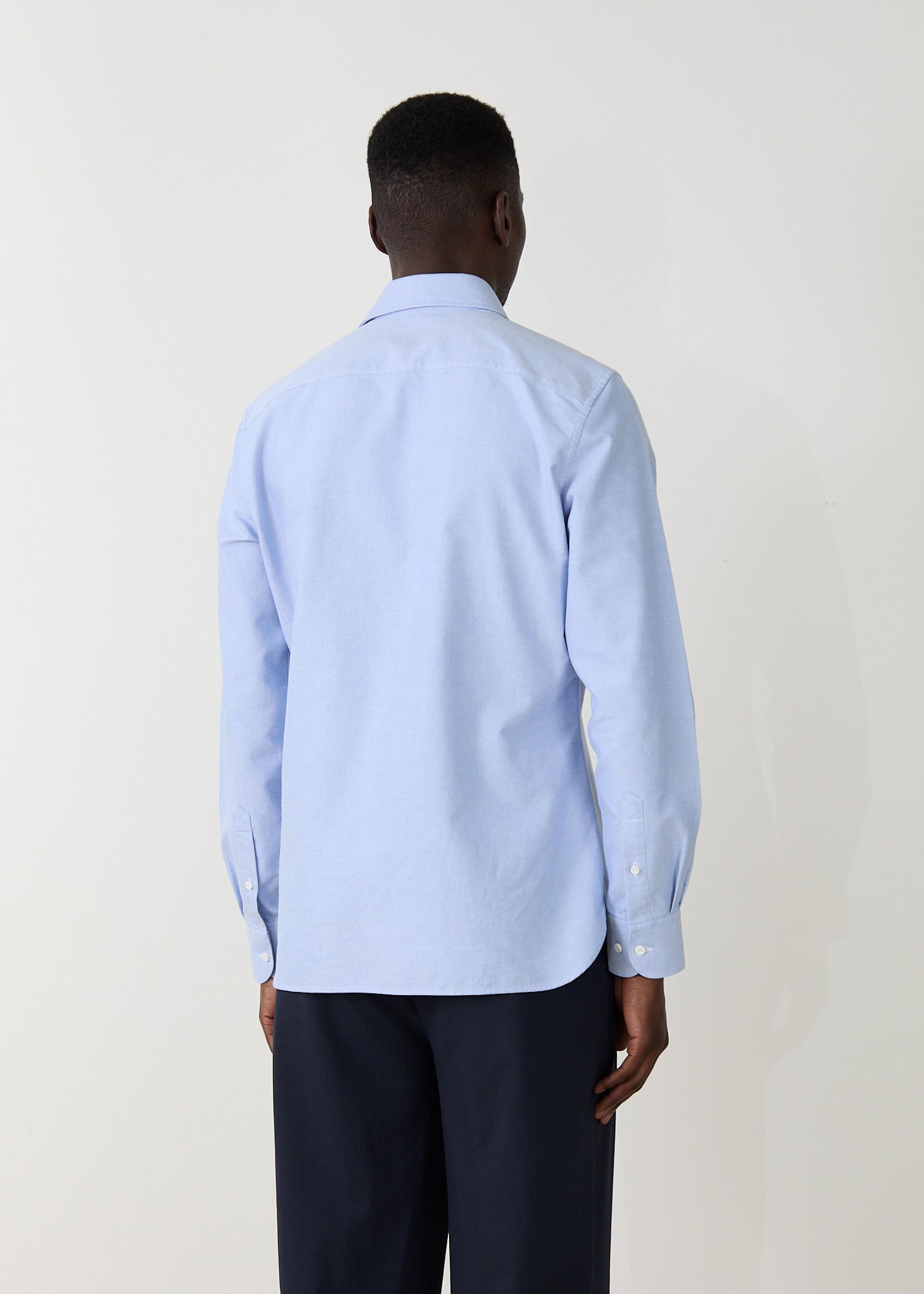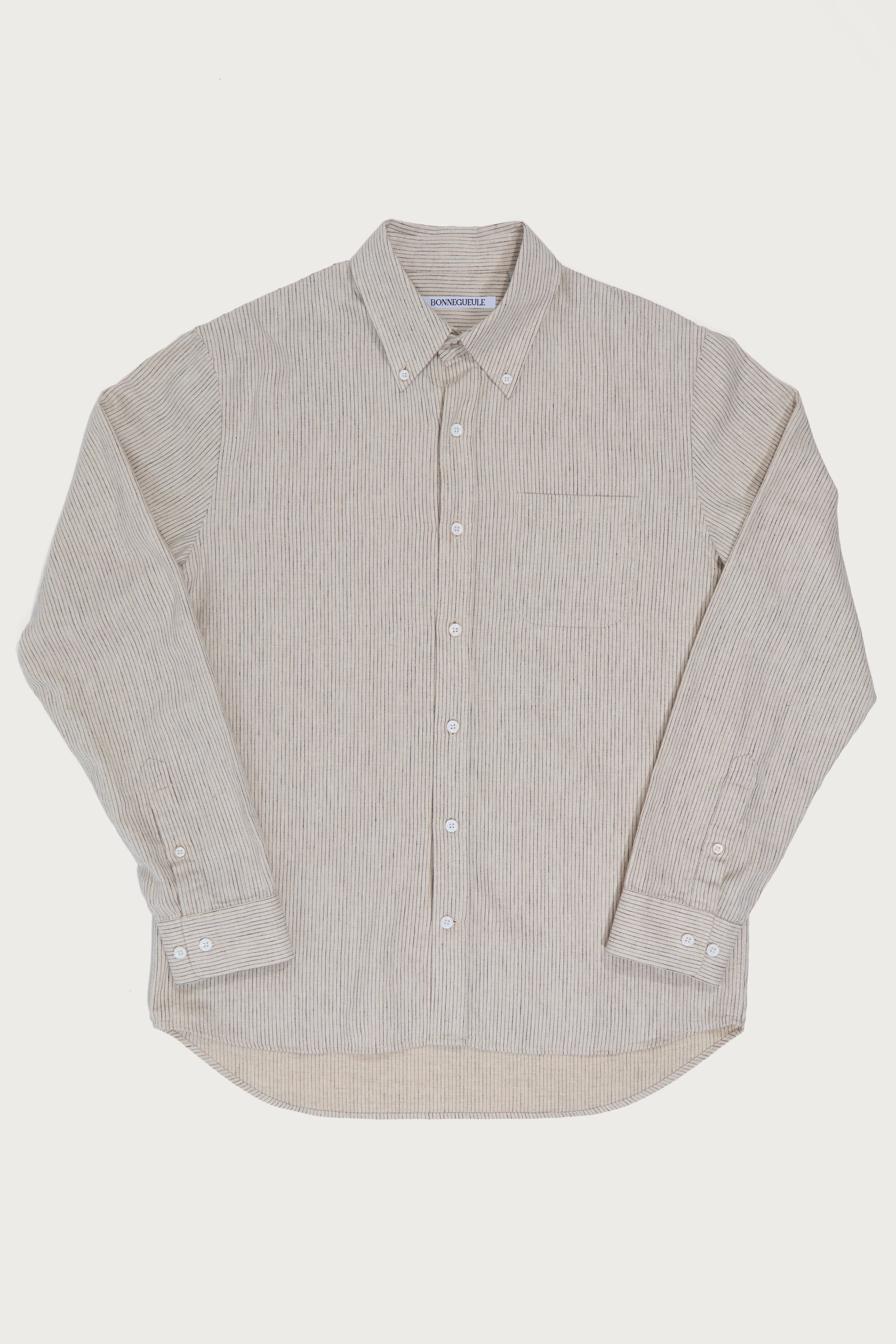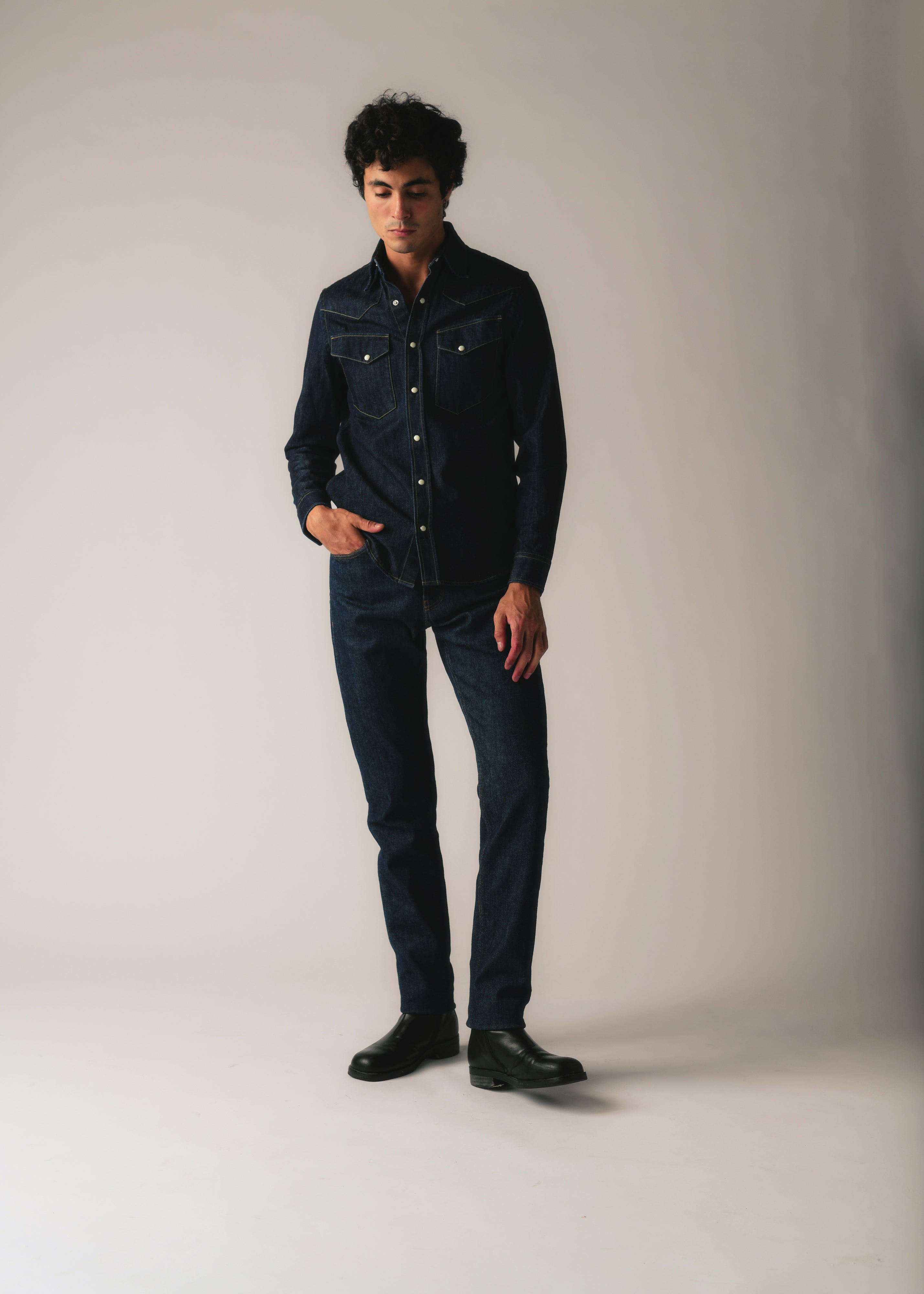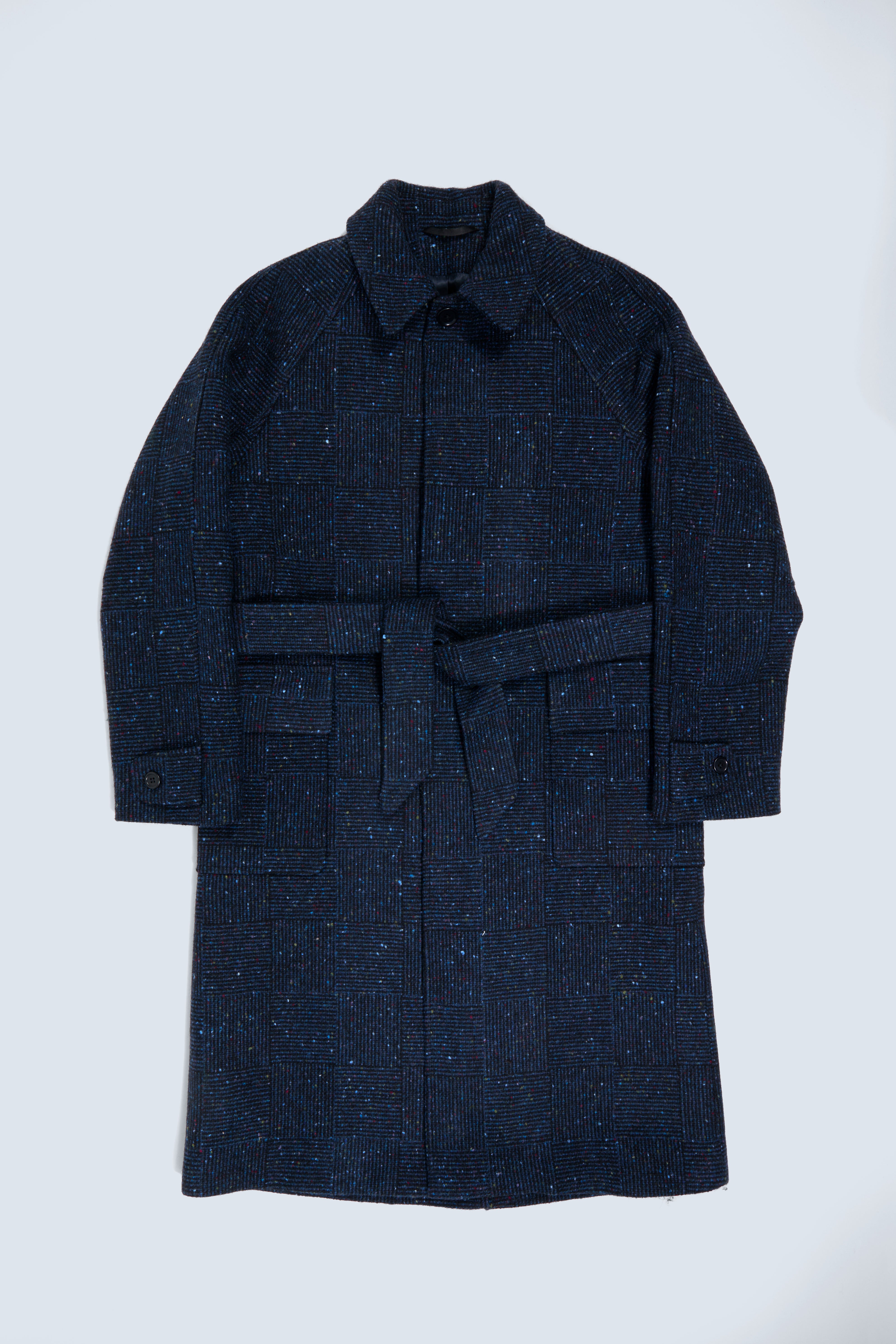Filters
Our shirts and short-sleeve shirts are crafted in European workshops known for their unique expertise and high-quality finishes. We prioritize natural materials with distinctive textures: chambray from a renowned Japanese mill, mottled GOTS-certified organic cotton, oxford fabric from Maruwa, and technical knits from Reda Active.
Overshirts have become a wardrobe staple for layering—they can even replace a jacket on the season, or easily slip under a warm coat in winter. Whether you're searching for a formal shirt for work or a wedding, or a more fashion-forward, straight-cut shirt, the material and cut will set it apart. This summer, opt for a shirt, the must-have piece of the season!
Like the rest of our collection, these shirts feature timeless cuts and can be paired effortlessly with jeans in selvedge denim or wool flannel trousers. Some of our more formal shirts complement our suits perfectly. Discover our casual shirts, wool overshirts, premium men's shirts, and lightweight linen shirts for summer.


